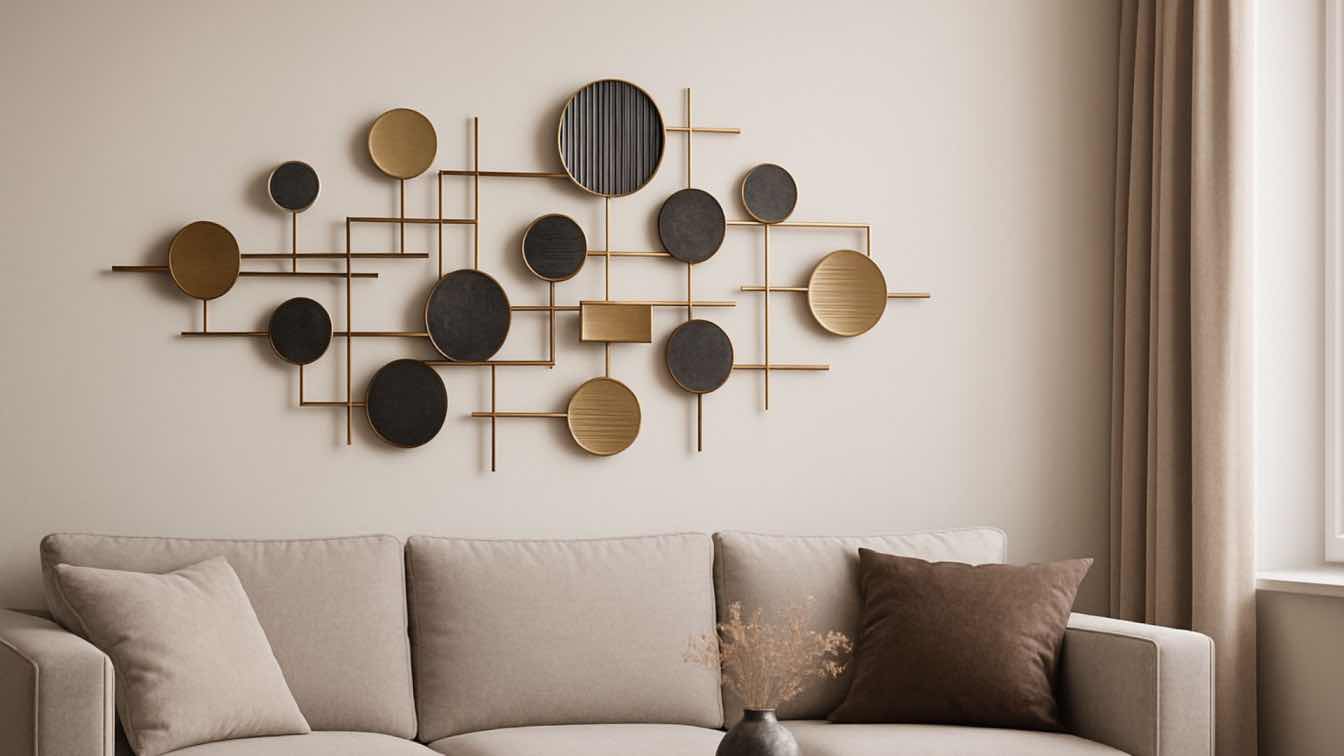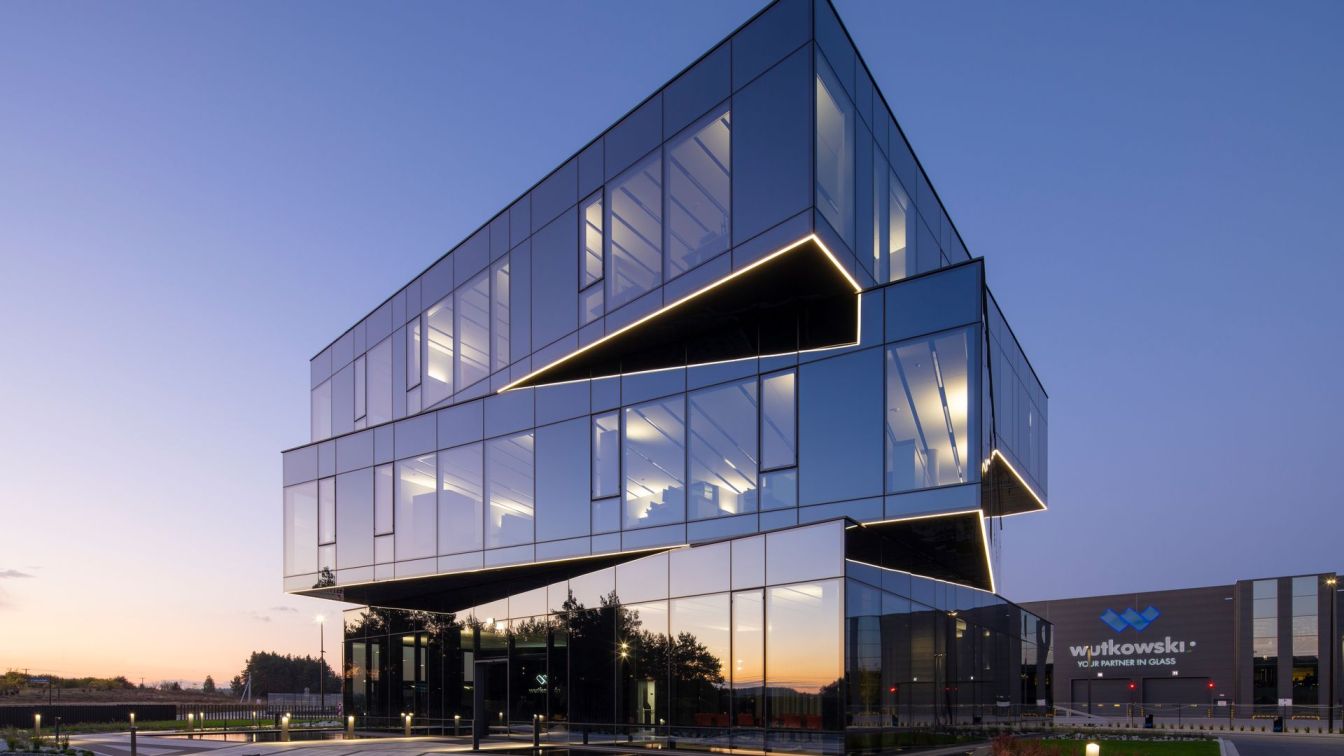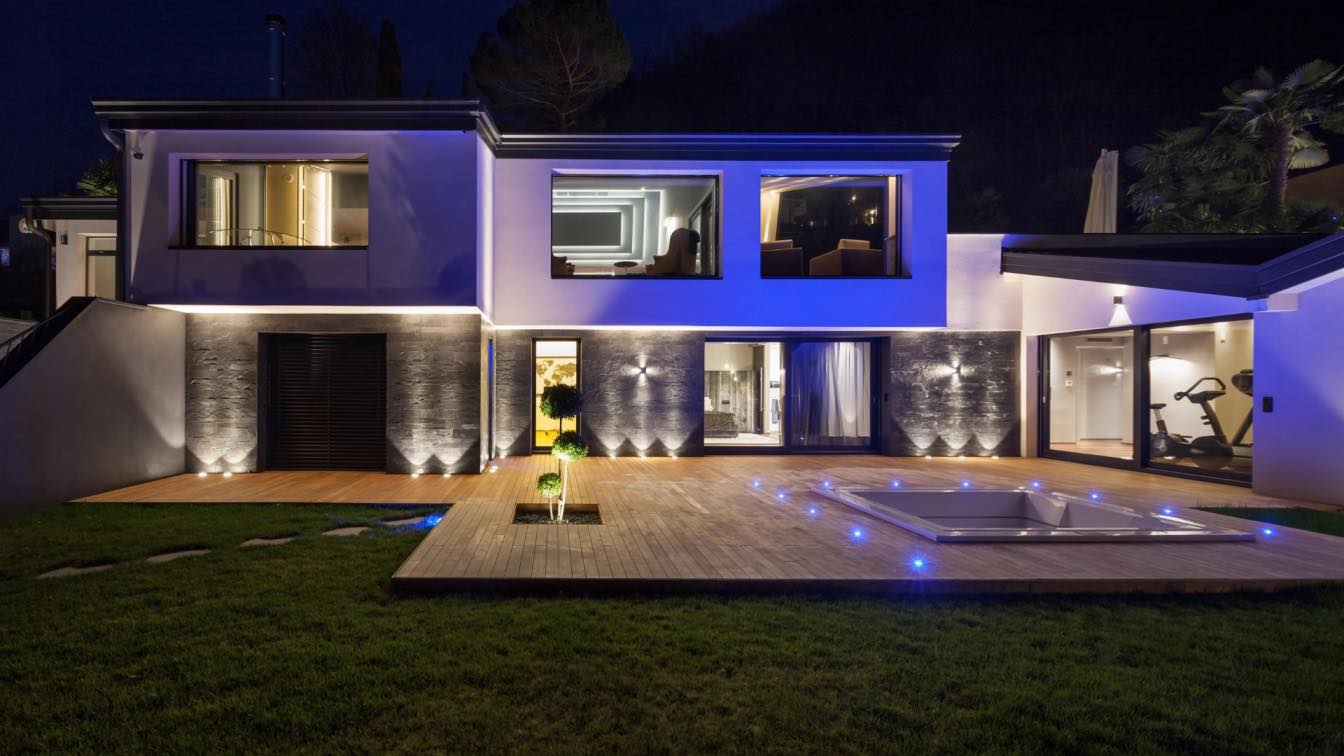In architecture, the focus has evolved beyond form and function, it’s now just as much about how a space feels. Materials, textures, and the interplay of light and shadow all add depth, and the right wall feature can transform a blank surface into a striking focal point. That’s where metal wall art comes in.
This article explores how architects and designers use custom metal art to shape the atmosphere of residential and commercial spaces. It’s not just decor, it’s a tool for storytelling, balance, and identity.
Metal Wall Art Is More Than Decoration
Metal wall art offers something that few other materials can. It's durable, timeless, and incredibly adaptable. Stainless steel, aluminum, and powder-coated metals can hold shape, reflect light, and take on nearly any design. That means a piece can be bold and abstract in a modern loft—or subtle and organic in a warm hospitality setting.
What sets metal apart is its ability to pair structure with expression. In design terms, it walks the line between sculpture and surface. It’s not wallpaper. It’s not paint. It’s dimensional. You’re giving the wall a presence. A voice.
That’s one reason laser-crafted pieces have become a favorite among architects working on upscale custom builds. When detail matters, and when a wall needs to carry more than just color, designers are increasingly turning to laser cut wall art. These pieces allow for intricate patterns that play with depth, light, and contrast—adding architectural interest to flat vertical planes.
Why Architects Use It in Modern Builds
So why is this form of art so effective in architectural settings?
For one, it integrates seamlessly. Unlike framed paintings or wall decals, metal pieces can be mounted flush to the wall or installed with spacers to create floating effects. You get creative flexibility, which is rare in materials that offer this level of permanence.
In corporate lobbies or gallery-style interiors, a custom metal installation can express brand identity without a single word. Shapes, lines, and negative space work together to evoke nature, geometry, or motion—whatever message the space is meant to convey.
In residential settings, it works just as well. A tree silhouette in a hallway. A geometric pattern in a living room. A stylized skyline in a home office. The possibilities aren’t just wide—they’re functional. Metal resists fading, it’s easy to clean, and it looks intentional.
Playing With Light and Texture
Metal has a way of transforming under different lighting conditions. That’s a major plus in architecture. You can design around how a piece catches natural light during the day, or how it casts shadows under soft LEDs at night.
This interplay with light is especially powerful in open-plan environments. Think about a stairwell with a two-story wall and a custom-cut abstract panel. Sunlight moves across it through the day, creating motion where there’s no electricity or animation. That passive dimension adds life without gimmicks.
Texture also matters. Brushed finishes give a matte softness. Polished surfaces bring shine. Powder coatings add color without losing the definition of the design. These choices allow a designer to align the metal art with the room’s mood, tone, and purpose.
Bringing Personality Into Commercial Spaces
Not every commercial space wants another framed art print from a catalog. Businesses want to be remembered. They want their spaces to make statements. That’s where custom wall art shines.
Offices, restaurants, wellness studios—they all benefit from having focal pieces that reflect their values or local culture. A coworking space might showcase a skyline silhouette cut from rusted corten steel. A spa might install a flowing leaf pattern across a feature wall, in white-coated aluminum to match the serene tone of the room.
These decisions aren’t just decorative. They’re strategic. Good wall art in commercial architecture becomes part of the brand.
Outdoor Applications That Work All Year
Metal isn’t limited to interiors. It holds up outdoors better than most design elements, especially when treated or coated properly. Designers often use large-scale installations on exterior facades or garden walls. These pieces can frame an entrance, divide zones within a courtyard, or add privacy with style.
Even functional items—like railing inserts, fence panels, or balcony dividers—can double as artistic statements. Instead of hiding utility, metal art makes it worth looking at.
That’s especially useful in projects where outdoor space is premium. Roof decks, urban courtyards, or transitional areas between indoors and out can all benefit from something decorative that’s also built to last.
Designing for Longevity and Customization
Durability matters in architecture. When you install something into a built environment, you want it to stay beautiful for years. That’s another reason why metal wall art has earned its place in architectural design circles.
Unlike fabric or wood, metal resists moisture and pests. It doesn’t warp with heat or cold. And it won’t yellow over time. When powder-coated, it resists chipping and rust—even in more humid climates.
At the same time, customization doesn’t come with guesswork. Laser cutting technology allows for near-perfect execution of any digital design. Whether it’s a nature motif, abstract lines, or cultural symbols, the result is clean, sharp, and replicable if needed.
That level of control is important for architects who need to deliver quality across multiple locations, or match a client’s exact vision.
What to Consider When Specifying Metal Wall Art
For architects and designers looking to include metal art in their projects, here are a few key things to keep in mind:
Material selection: Choose based on location. Aluminum works well indoors and outdoors. Stainless steel adds elegance. Corten offers a rustic look,
Finish: Matte or polished, brushed or coated—finish affects both look and performance,
Scale: Know your wall dimensions early. Art should complement, not overwhelm
Mounting style: Recessed, floating, or flush? That decision changes the overall impact,
Theme: Avoid going too literal unless it fits the space’s purpose. Abstract, nature-inspired, or geometric designs tend to age well.
These details shape the final result—and they help the art feel like a natural extension of the architecture rather than an afterthought.
Letting the Walls Tell a Story
Architectural spaces should always reflect intention. Walls aren’t just boundaries. They’re opportunities to communicate style, emotion, and creativity. And with the right metal art, those walls start to speak.
That’s the appeal of using handcrafted, thoughtful materials in modern design. They bring balance between permanence and personality. And they offer a tangible, visual experience for people interacting with a space every day.
A well-chosen piece of metal wall art does more than fill empty space—it adds identity. That’s why more designers are specifying custom work in projects of every size. It’s reliable. It’s beautiful. And it does the one thing all great design should do: make people feel something.





